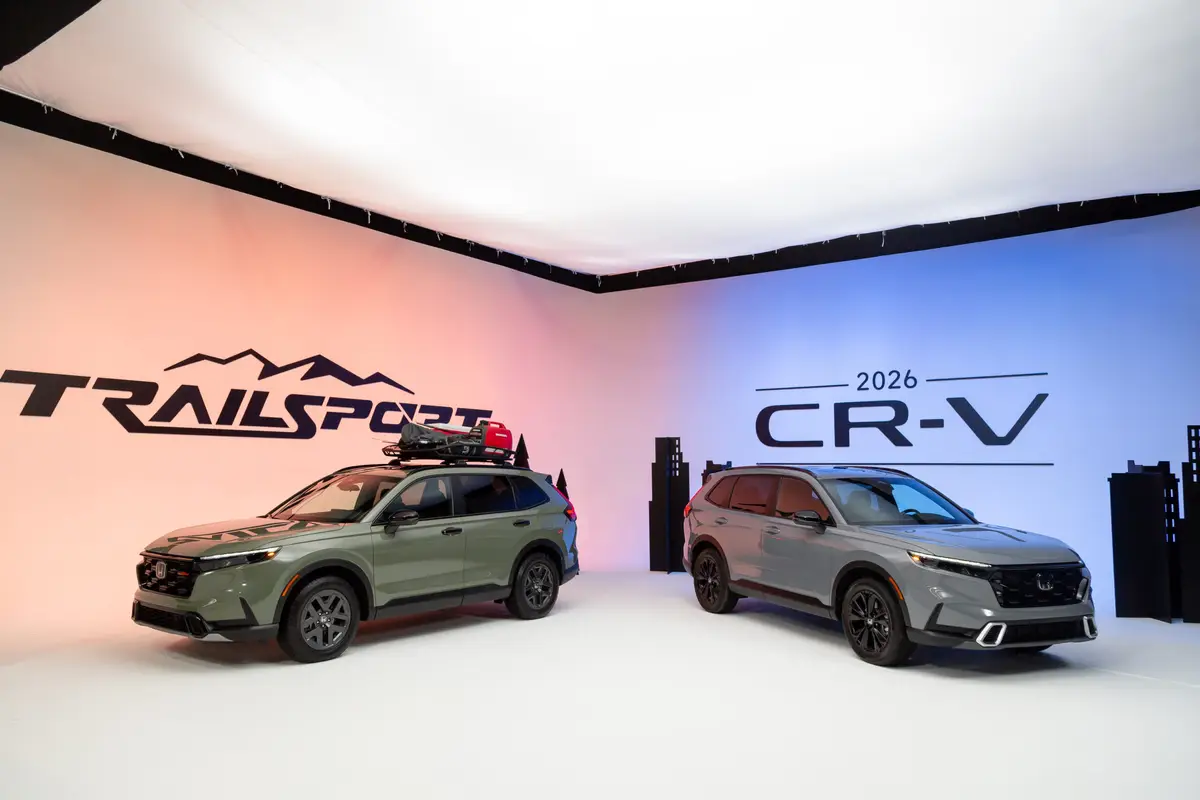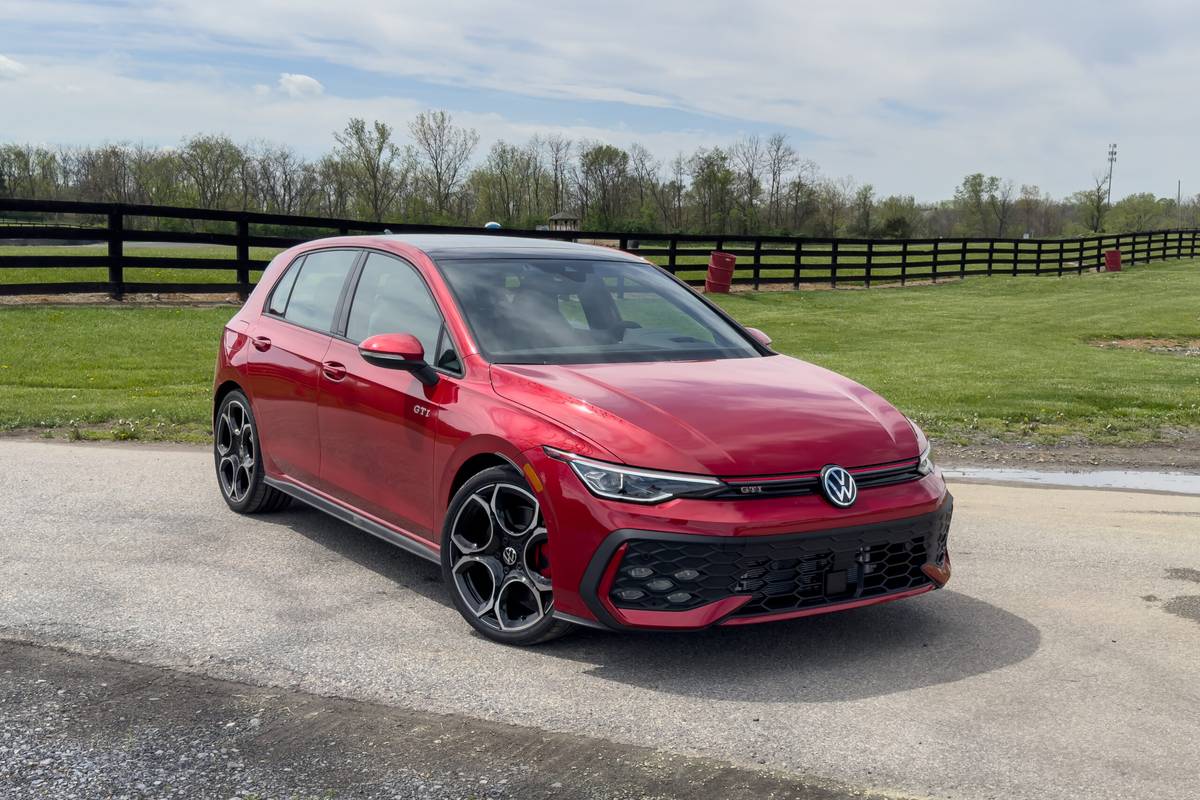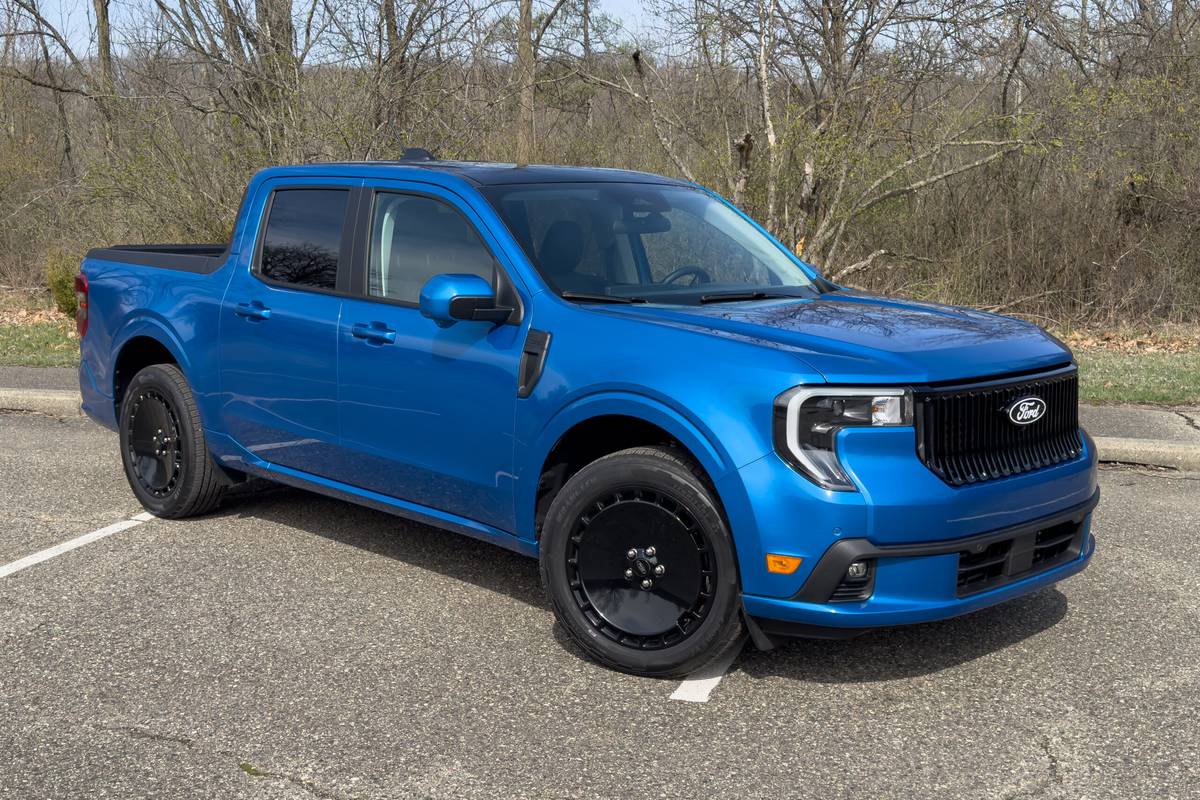2012 Fisker Karma: What's New
Vehicle Overview
The 2012 Fisker Karma is at once an exotic sports car, a four-door and a plug-in hybrid. The brainchild of Henrik Fisker, a veteran of Aston Martin and BMW, the Karma was developed by Fisker Automotive in Irvine, Calif., and is assembled in Finland.
The Karma has an electric range of roughly 50 miles on a full charge, and an onboard gas engine and generator can then activate, allowing it to drive an extra 250 miles.
As of its launch, the Karma will come in three versions: EcoStandard, EcoSport and EcoChic. EcoSport and EcoChic are essentially option packages that can be added to the base EcoStandard.
Exterior
The imposing Karma would look at home among exotics from Ferrari and Lamborghini, yet it seats four adults and has four doors. At 196.7 inches long, the Karma is about an inch longer than the Porsche Panamera and an inch shorter than the Aston Martin Rapide — both four-door sedans. The Bentley Continental Flying Spur is a foot longer.
The Karma looks conventional riding on 22-inch wheels, but some features aren’t as they seem. What appear to be tailpipes in the rear are actually speakers that can broadcast synthesized engine sounds. The real exhaust pipe is in the front, low on the fender, where the gas engine and generator are located. The roof incorporates a standard curved solar panel to capture the sun’s rays. Its size prevents it from contributing substantially to the car’s electric-drive range, but it helps maintain a charge in normal conditions.
To save weight, the Karma is skinned in aluminum and composite.
Interior
The Karma’s layout resembles the market’s only other extended-range plug-in, the Chevrolet Volt. Similarly, the battery pack runs through the center of the cabin, creating a console that separates the seats. All controls look familiar, including drivetrain-control buttons labeled P, R, N and D. The centrally located 10.2-inch touch-screen, called the Fisker Command Center, incorporates audio, navigation, climate and other controls, similar to competing luxury and ultraluxury cars. Unlike others, it has a haptic-feedback feature that provides physical confirmation when you touch an icon. A backup camera and navigation system are optional.
The circular gauges in front of the driver are high-resolution LCD screens that display a variety of information in graphical form, from a conventional analog-style speedometer to range and battery charge.
In keeping with Fisker’s environmental focus, the Karma’s luxury interior uses materials that should appeal to the sustainability crowd. Wood trim comes from timber reclaimed from California forest fires and the bottom of Michigan lakes, according to Fisker.
Leatherette is standard. The EcoSport option package introduces genuine leather from a sustainable plant powered by byproducts of the manufacturing process, Fisker says. The EcoChic option package provides an animal-free interior with fabric and simulated suede.
Under the Hood
The Karma’s drivetrain, which Fisker calls Q-Drive, uses a 20-kilowatt-hour lithium-ion battery pack that powers two electric drive motors rated at 150 kW apiece. The generator is driven by a 260-horsepower, turbocharged direct-injection 2.0-liter four-cylinder engine from GM.
While the Karma can travel roughly 50 miles on battery power, with a zero-to-60-mph time of 7.9 seconds and a top speed of 95 mph, it can run more quickly with a higher top speed when the engine and generator are engaged, too. Switching from Stealth Mode to Sport Mode shaves 2 seconds from the zero-to-60 sprint and raises the top speed to 125 mph. The motors send a maximum of 403 hp and 981 pounds-feet of torque to the rear wheels when powered by the battery pack and engine-powered generator together.
Fisker says the Karma can be charged with 120- or 240-volt outlets, and a fully depleted battery pack can be topped off in as little as six hours with the highest voltage and amperage.
Safety
The Karma has eight airbags, including two frontal and two knee airbags. Front occupants also get seat-mounted side-impact airbags, and there are side curtain airbags that cover the side windows. Also standard are antilock brakes and an electronic stability system. Latch child-seat anchors are provided in all three passenger seats.
Featured stories




